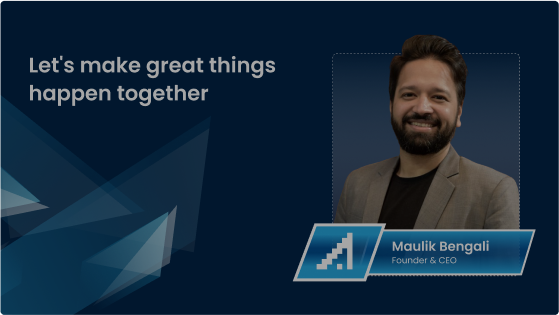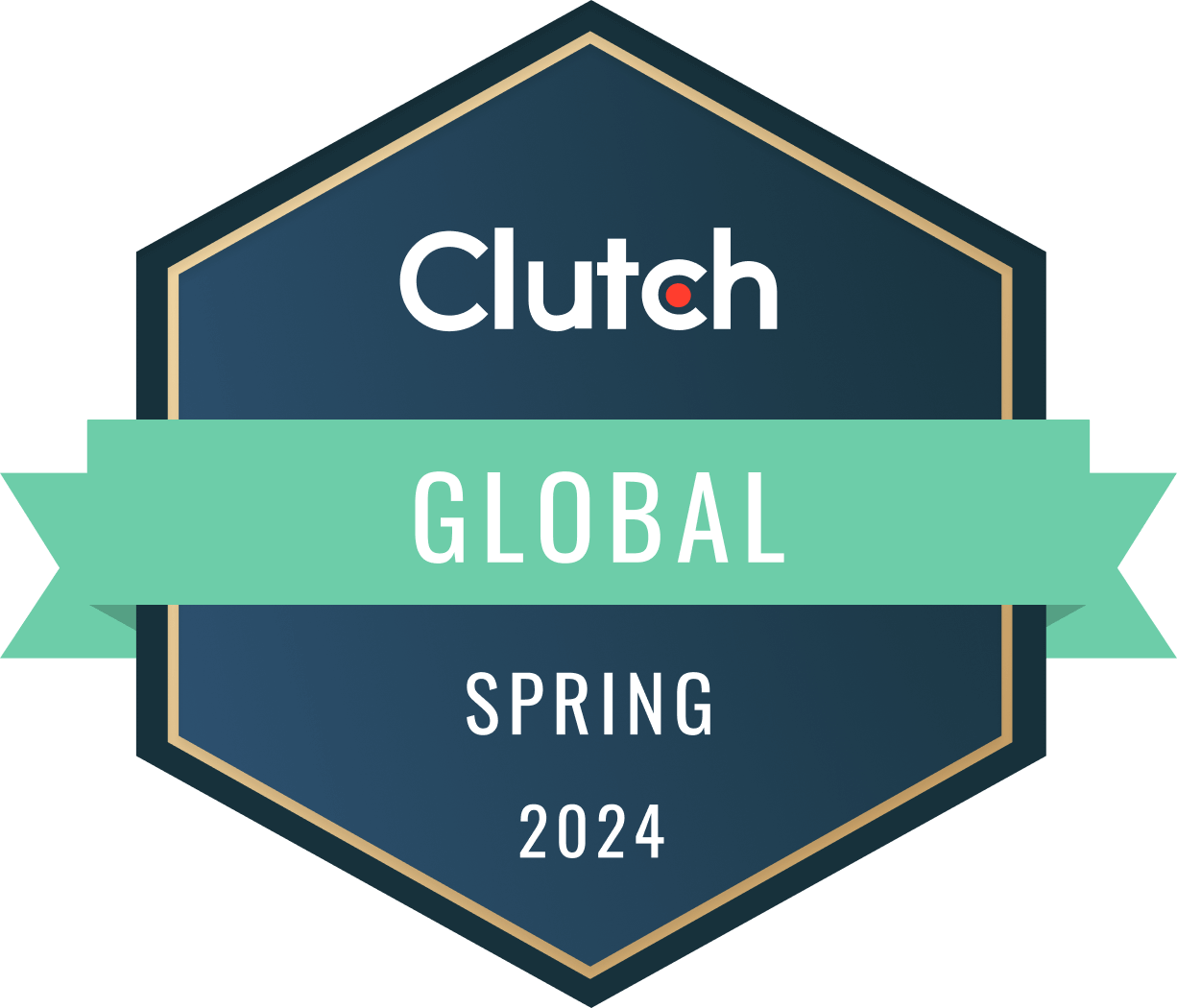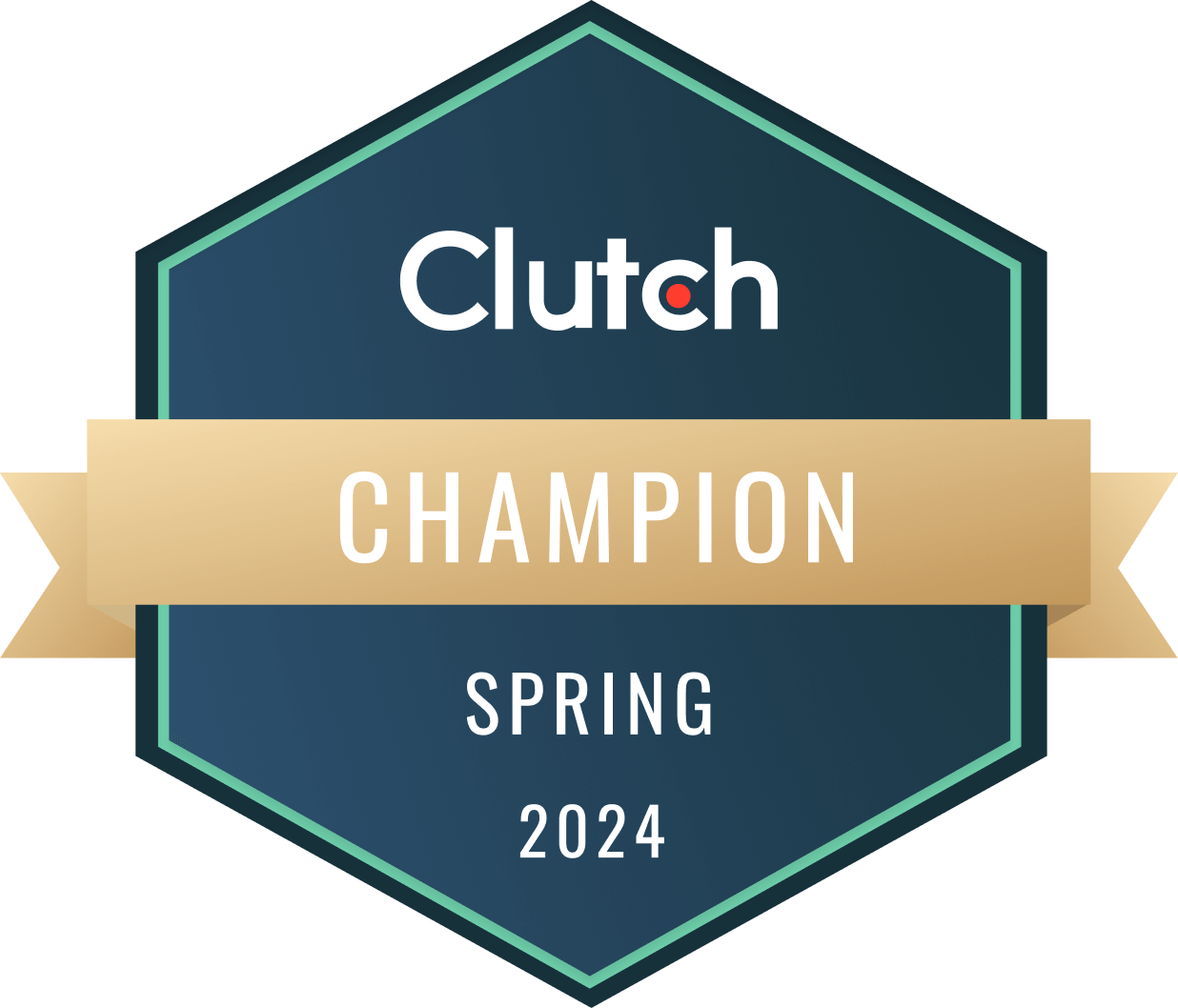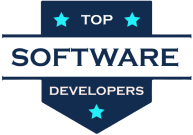In an era where recent AI developments are reshaping industries, societies, and even our daily lives, the question of who—or what-should steer the course of artificial intelligence (AI) is more pressing than ever. The allure of new AI technology is undeniable: it promises efficiency, innovation, and solutions to problems once thought unsolvable. Yet, without the guiding hand of human intelligence, AI risks becoming a runaway train—powerful, but potentially destructive.
This blog explores why human oversight is not just beneficial but essential for the responsible evolution of AI. Through real-world use cases, current examples, and a glimpse into upcoming AI technologies, we’ll uncover how human intelligence can ensure AI serves humanity’s best interests.
The Symbiotic Dance of Human and Artificial Intelligence
AI is often portrayed as a futuristic marvel, capable of outsmarting humans in tasks ranging from chess to medical diagnostics. However, AI’s brilliance is rooted in human ingenuity. Every algorithm, neural network, and dataset is a product of human design, reflecting our priorities, biases, and aspirations. The challenge lies in maintaining this symbiotic relationship as new AI technology emerges.
Consider the development of large language models (LLMs) like those powering chatbots and virtual assistants. These systems, built on vast datasets curated by humans, can generate human-like text, answer complex questions, and even write poetry. Yet, without human oversight, they can also produce misinformation, perpetuate biases, or respond insensitively. A 2023 study by the Pew Research Center found that 60% of Americans are concerned about AI spreading false information, underscoring the need for human intervention to guide AI’s outputs (Source: Pew Research Center).
New AI Technology in Healthcare: A Case for Human Oversight
One of the most transformative applications of new AI technology is in healthcare. AI-driven diagnostic tools, such as those developed by companies like DeepMind, can analyze medical images to detect diseases like cancer with accuracy rivaling human experts. In 2024, Google Health reported that its AI model for breast cancer screening reduced false positives by 5.7% compared to traditional methods (Source: Google Health).
However, these tools are not infallible. An overreliance on AI without human oversight can lead to misdiagnoses, especially in edge cases where patient symptoms deviate from training data. For instance, a 2023 incident involving an AI-powered diagnostic tool misinterpreting rare symptoms led to a delayed diagnosis, highlighting the need for human clinicians to validate AI outputs (Source: The Lancet). Human intelligence, through clinical expertise and empathy, ensures that AI serves as a tool, not a decision-maker.
The Ethical Imperative of Human Guidance
As recent AI developments accelerate, ethical considerations take center stage. AI systems are increasingly deployed in sensitive domains like criminal justice, hiring, and finance, where decisions have profound consequences. Without human guidance, these systems risk amplifying systemic biases or making decisions that lack moral nuance.
New AI Technology in Criminal Justice: Balancing Efficiency and Fairness
In the criminal justice system, new AI technology like predictive policing algorithms aims to optimize resource allocation and reduce crime rates. COMPAS, a widely used AI tool, assesses the likelihood of recidivism to inform sentencing decisions. However, a 2016 ProPublica investigation revealed that COMPAS was biased against minorities, falsely flagging Black defendants as higher-risk at nearly twice the rate of white defendants (Source: ProPublica).
This example underscores the necessity of human oversight to scrutinize AI’s decision-making processes. Judges, policymakers, and ethicists must work together to ensure that upcoming AI technologies in justice systems prioritize fairness over efficiency. Human intelligence provides the moral compass that AI lacks, ensuring that algorithms align with societal values.
Real-Time Examples of Human-AI Collaboration
The synergy between human intelligence and AI is already yielding remarkable results across industries. Let’s explore a few real-time examples that highlight the power of this collaboration.
New AI Technology in Creative Industries: Enhancing, Not Replacing, Human Creativity
In 2025, new AI technology is revolutionizing creative industries. Tools like DALL-E 3 and MidJourney enable artists to generate stunning visuals from text prompts, streamlining workflows and sparking inspiration. For instance, a 2024 collaboration between a graphic designer and MidJourney produced a viral advertising campaign for a major brand, blending AI-generated imagery with human-curated aesthetics (Source: AdWeek).
Yet, the human touch remains irreplaceable. AI-generated art often lacks the emotional depth or cultural context that human artists bring. By guiding AI’s outputs, creatives ensure that the final product resonates with audiences on a deeper level. This partnership exemplifies how human intelligence can harness recent AI developments to amplify creativity without supplanting it.
Autonomous Vehicles: The Human Safety Net
Autonomous vehicles, powered by new AI technology, promise to revolutionize transportation. Companies like Tesla and Waymo have made significant strides, with Waymo’s self-driving taxis operating in select cities as of 2025 (Source: Waymo). However, incidents like the 2023 pedestrian accident involving a Cruise autonomous vehicle highlight the limitations of AI in unpredictable environments (Source: The Verge).
Human intelligence plays a critical role in refining these systems. Engineers continuously update AI models based on real-world data, while regulators set safety standards to protect the public. Moreover, human drivers and pedestrians provide the contextual awareness that AI struggles to replicate. As upcoming AI technologies advance, human oversight will remain essential to ensure safety and trust.
The Risks of Unchecked AI: A Cautionary Tale
Without human guidance, AI can veer into dangerous territory. From amplifying misinformation to eroding privacy, the risks are real and growing. A 2024 report by the World Association of News Publishers noted that AI-generated deepfakes contributed to a 30% increase in misinformation during global elections (Source: WAN-IFRA).
New AI Technology in Social Media: The Misinformation Challenge
Social media platforms, powered by new AI technology, use algorithms to curate content and maximize engagement. However, these algorithms can inadvertently amplify harmful content. In 2024, an AI-driven recommendation system on a major platform was found to promote conspiracy theories, leading to widespread public backlash (Source: The Guardian).
Human moderators and content strategists are essential to counteract these risks. By setting ethical guidelines and intervening when algorithms falter, humans ensure that AI serves the public good. This balance is particularly crucial as upcoming AI technologies introduce more sophisticated content generation tools.
The Future: Human-Centric AI Development
As we look to the future, the role of human intelligence in guiding AI will only grow. Upcoming AI technologies, such as quantum AI and neuromorphic computing, promise unprecedented capabilities but also pose new challenges. For instance, quantum AI could revolutionize cryptography, but without human oversight, it risks undermining cybersecurity (Source: MIT Technology Review).
New AI Technology in Education: Empowering Teachers
In education, new AI technology is personalizing learning experiences. Platforms like Duolingo and Khan Academy use AI to tailor lessons to individual students, improving outcomes. A 2024 study found that AI-driven tutoring systems increased student engagement by 25% in underserved communities (Source: EdTech Magazine).
However, teachers remain the heart of education. They provide the emotional support and critical thinking skills that AI cannot replicate. By guiding AI’s implementation, educators ensure that technology enhances, rather than replaces, human connection. This human-centric approach will shape the future of recent AI developments in education.
Challenges in Ensuring Human Oversight
Despite its importance, integrating human intelligence into AI systems is not without challenges. Resource constraints, technical complexity, and resistance to regulation can hinder effective oversight. Additionally, the rapid pace of new AI technology development often outstrips the ability of policymakers to keep up.
New AI Technology in Workforce Automation: The Human Cost
In workforce automation, new AI technology is streamlining operations but also displacing jobs. A 2025 report by the World Economic Forum estimated that AI-driven automation could displace 85 million jobs by 2030 (Source: World Economic Forum). Human intelligence is critical to managing this transition, from reskilling workers to designing AI systems that complement human labor.
Policymakers and business leaders must collaborate to ensure that AI serves as a tool for empowerment, not exclusion. This requires proactive measures, such as investing in education and fostering public-private partnerships.
Call to Action: Shape the Future of AI with Us
The journey of AI is just beginning, and human intelligence must remain at its helm. Whether you’re a business leader, developer, or policymaker, you have a role to play in ensuring that recent AI developments and upcoming AI technologies align with humanity’s values. At Ajackus, we’re passionate about building AI solutions that prioritize human oversight and ethical innovation. Ready to shape the future of AI?
Contact us today to explore how we can collaborate on human-centric AI projects.
Conclusion
The promise of new AI technology is immense, but its potential can only be realized through the guiding hand of human intelligence. From healthcare to criminal justice, creative industries to autonomous vehicles, human oversight ensures that AI serves as a force for good. As we navigate the complexities of recent AI developments and anticipate upcoming AI technologies, let’s commit to a future where humans and AI work together to create a better world. The stakes are high, but with human intelligence leading the way, the possibilities are endless.

Start a Project with Ajackus
